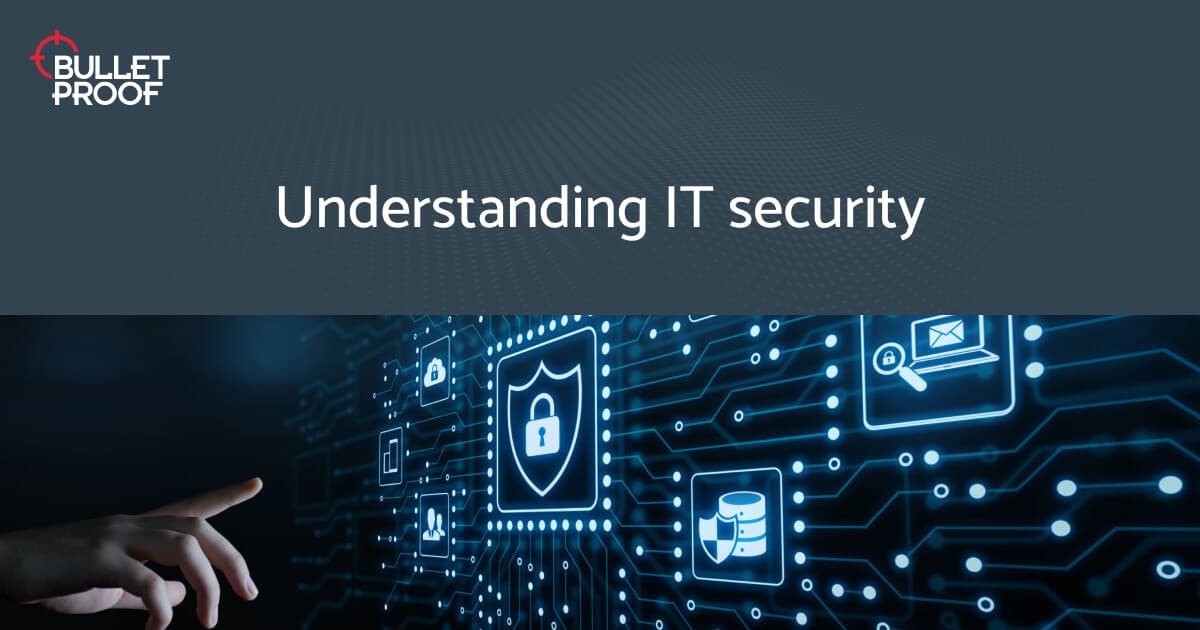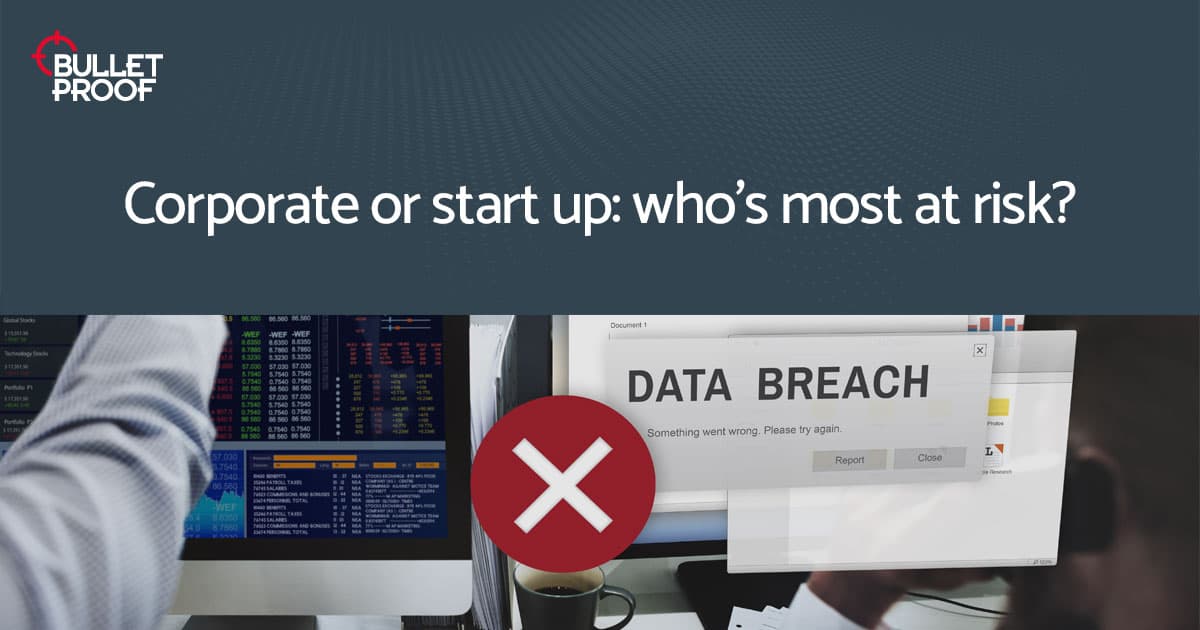Outsourcing your SOC
Read about the benefits of a Security Operations Centre, the complexities of building a SOC in-house & 5 reasons why business should outsource their SOC.

Introduction
With businesses constantly at risk of cyber threats, leveraging a Security Operations Centre (SOC) is one way for organisations to proactively monitor and manage their threat landscape. Whether it’s in-house or outsourced, a SOC can help companies implement a process-driven security framework that secures business information against the constant threat of a cyber attack.
With a need to improve cyber security practices in response to shifting working environments and growing businesses demands since COVID-19, 82% of small businesses increased their outsourcing of business processes. For example, businesses can outgrow their resources due to growth, so outsourcing IT operations helps to free up time to provide better levels of service to new and existing customers. Outsourcing can also result in freeing up overheads, and comprehensive solutions like SOC-as-a-service from managed service providers (MSP) become accessible, therefore giving businesses a greater chance to bolster their cyber resilience.
In this blog, we discuss the challenges that organisations can face when building their own security operations centre, and why it’s often much more beneficial to use an outsourced SOC instead.
Share this Article
Contents
Benefits of having a SOC
Having a SOC can be a valuable resource for businesses of all sizes to detect, manage, and respond to cyber threats and incidents. It also provides businesses with better visibility over their environment to help reduce the level of exposure from an evolving threat landscape.
There is an inherent need for businesses to be vigilant against cyber threats, as data breaches for small businesses in 2021 cost an average of £8,460 and £13,400 for medium and large organisations. A combination of experienced SOC analysts and powerful tools like Security Information and Event Management (SIEM) work together to provide businesses with an improved cyber security posture by proactively stopping cyber attacks before hackers can exploit vulnerabilities in their networks.
A SOC is required to operate 24/7/365 to be truly effective, therefore it’s important for businesses to understand the benefits and shortcomings involved with procuring a managed SOC from a third-party compared to building one in-house.
The difficulties of building your own SOC and why outsourcing is the solution
Despite the costs and resources required to build a SOC in-house, large enterprises and corporations often benefit from taking this approach, as they can put in both the time and investment to customise their approach to the needs of the business. However, this is usually out of financial reach for most mid-tier and smaller organisations.
 A well-managed SOC requires experienced analysts and the capabilities to work around the clock to deliver full security coverage and protection. Any organisation looking to set up a SOC in-house should be aware of its complexities and how it could impact both their security and resources.
A well-managed SOC requires experienced analysts and the capabilities to work around the clock to deliver full security coverage and protection. Any organisation looking to set up a SOC in-house should be aware of its complexities and how it could impact both their security and resources.
With that in mind, let’s explore 5 difficulties your business may encounter when building a SOC and how outsourcing is the solution:
1. Complexity
Building a SOC in-house is challenging and one that requires diligent planning and implementation to ensure maximum cyber protection and ROI. Businesses that are already busy with existing projects or do not have the expertise will find it especially difficult to manage. There are also several factors that need to be considered, such as establishing a budget, who will oversee the project, and how long before a fully operational SOC can begin to perform. Without adequate infrastructure in place, including the appropriate SIEM technology and security expertise, can prove to be ineffective in managing and responding to cyber threats.
Solution
Outsourcing a SOC is easier to implement and manage. An MSP will already have an existing infrastructure in place that includes a team of skilled security analysts and powerful tools, like SIEM, to comprehensively deliver instant threat detection and response. SOC-as-a-service also removes the complexity of finding skilled workers and training staff, and MSPs will already have access to the latest threat detection and response tools to deliver a holistic security solution. Therefore, you can expect greater ROI by outsourcing your SOC with little disruption to your existing business structure and operations.
2. Volume of alerts
SIEM tools ingest a large quantity of log data from a variety of sources to identify suspicious activity across an organisation’s attack surface. SOC analysts can expect to receive an average of 11,000 security alerts per day, depending on the size of the business, environment, and customer base. This can quickly become overwhelming. Alert fatigue is an issue security teams can suffer as a result of an influx of security alerts. Reasons for this can include false positive security alerts that typically occur due to configuration issues, internal SOC teams not using their resources efficiently due to lack of skills and training, or that their internal threat intelligence tools don’t have automation features to reduce the manual triage of security threats that can significantly increase alert fatigue. If security alerts are missed, ignored, or not dealt with in a timely manner, they can expose the business to cyber attacks and data breaches.
Solution
Businesses that outsource their SOC to an MSP can have greater peace of mind that their SOC team will be equipped with the necessary tools to mitigate alert fatigue and continue to provide effective threat detection and response to improve their cyber posture. Outsourced SOCs that leverage automation will streamline security alerts, helping to build a more accurate and efficient triage process and highlighting alerts that require the most attention.
3. Employee burnout
In certain cases, SOC analysts can endure laborious work hours and abnormal shift patterns that can be exhausting and stressful. There are four key factors that are taking a toll on security analysts: burnout due to an increased workload, lack of visibility of a business’ network traffic, being on call 24/7, and alert overloads. Employee turnover due to staff leaving roles because of workplace stress will also impact businesses who struggle to retain experienced personnel in an industry already suffering from a shortage of skilled workers. If security analysts aren’t performing to their full capabilities, or are written off due to work-related stress, businesses may struggle to provide adequate cover and as a result risk maintaining a SOC that delivers strong protection against cyber threats.
Solution
An outsourced SOC can reliably deliver proactive threat detection and response 24/7/365. Hackers simply don’t operate on a 9 to 5 basis therefore working around the clock is a commitment security analysts must demonstrate for a SOC to function effectively. Responding to incidents and alerts outside of office hours is crucial in maintaining comprehensive cyber protection. A backlog of incidents can impact your business heavily when the threat landscape is broad and attacks can happen at any time, especially if you don’t have the resources to manage employee turnover.
4. Skill shortage
For several years, the cyber security industry has been around 40% short in cyber skills worldwide. In a lagging skills market, security analysts are in high demand therefore it is challenging for businesses recruiting for in-house SOC teams. Responsibility also falls on the organisation to backfill the position of any employee leaving. Therefore, businesses will find it difficult to recruit new employees due to a low talent pool, high salaries, and the cost to train prospective candidates. This prevents an in-house SOC from providing effective threat detection and response.
Solution
With an outsourced SOC, your business will get direct access to qualified and experienced security analysts to monitor and manage a business’ network and digital environment. By outsourcing, you remove the need to recruit, fork out on salaries and training expenses, and create new departments.
5. Costly and time-consuming
Building a SOC in-house is extremely costly and takes a lot of time (a SOC can take up to 6-12 months, or longer, to build from scratch). We know, we built one ourselves! Maintaining it is equally as labour-intensive. Unless businesses are prepared to take on the financial burden of building a SOC, acquiring and maintaining state-of-the-art tools like a SIEM platform, and manage the operational demands of recruiting qualified and experienced analysts, an internal SOC will have a huge financial impact on businesses and can even delay cyber security improvements.
Solution
Outsourcing your SOC will prove to be a cost-effective solution, producing greater ROI. It will also be easier to secure board level buy-in, as you will only pay for the services you need. There are no additional costs required to recruit staff or develop and maintain the technology, therefore freeing up resources such as time and money to focus on other areas of your business.
In summary
With cyber security becoming a key function of business operations, the need for outsourcing security and minimising reliance on in-house IT departments has become pivotal to maintain best practice and adequate protection against threats. If cyber security is not something your business has specialised in before, then why invest a significant amount of time and money into building a SOC in-house, when you are not able to guarantee ROI?
Organisations of all sizes can strengthen their cyber security posture and save time and money by outsourcing their security operations centre to a reputable managed service provider. Outsourcing can also help sustain a consistent and process-driven SOC that gives your business the best chance to maintain cyber security best practice and proactively defend against attacks.

Secure your business with proactive protection
Bulletproof your business with our next-generation managed SIEM solution that combines innovative technology with human expertise.
Learn moreRelated resources
Get a quote today
If you are interested in our services, get a free, no obligation quote today by filling out the form below.













